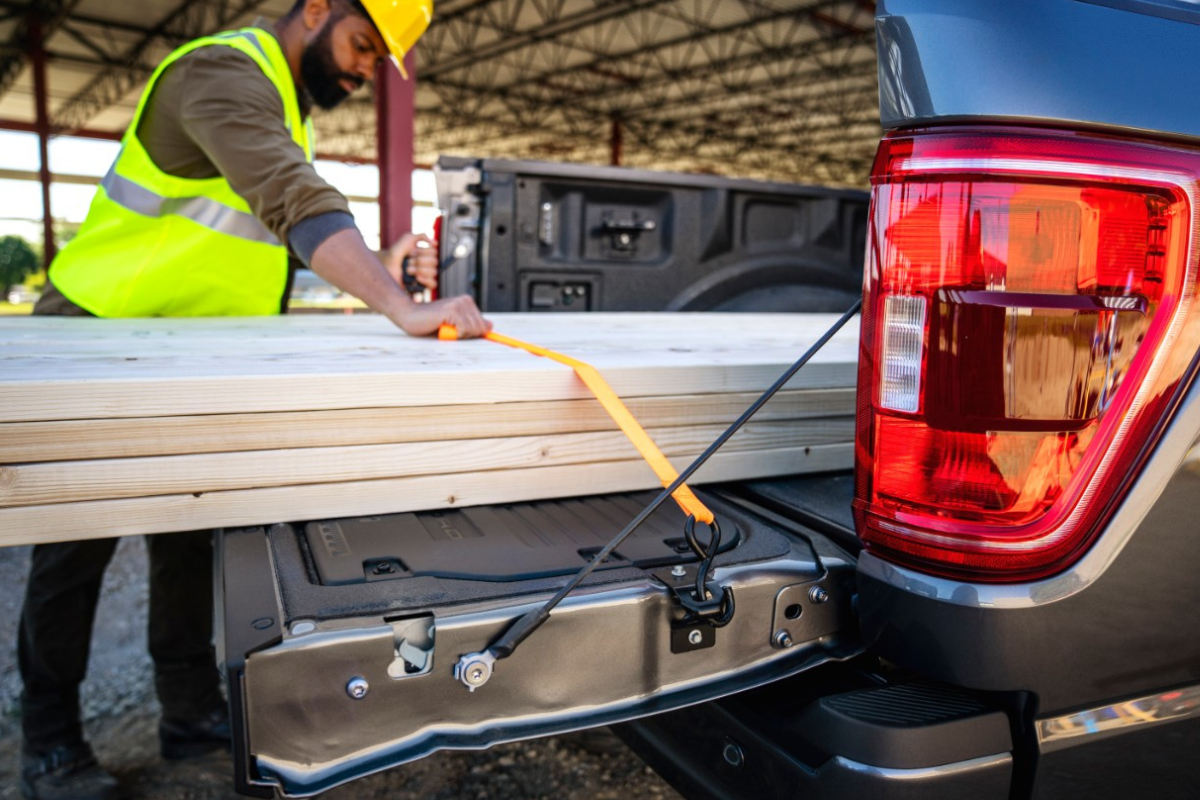George Boulton
July 29, 2024

George Boulton
July 29, 2024

Pickups are continuing to unlock more cargo space
Steps, fold-out features and bed-level work surfaces ensure that accessing cargo is straightforward and efficient.
Engineers and designers need to collaborate together to create trucks that not only accommodate heavy loads but also make use of every inch of available space.
One primary strategy is utilizing advanced bed designs.
Extended and widened truck beds, like those seen in the Ford F-150, F-250 and F-350, provide a larger surface area for cargo.

These designs often include features like built-in tie-down points and bed extenders, allowing users to secure and transport more significant loads efficiently.
Innovative storage solutions are essential. The Ram 1500, for example, offers the RamBox Cargo Management System, which includes lockable, weatherproof storage bins integrated into the sides of the bed.
These compartments maximize utility by providing additional storage without sacrificing bed space, ideal for tools, equipment or smaller items that need secure housing.
Manufacturers also focus on bed accessibility. Multi-functional tailgates, such as GMC’s MultiPro Tailgate, offer various configurations that enhance loading and unloading ease.

Steps, fold-out features and bed-level work surfaces ensure that accessing cargo is straightforward and efficient.
Materials play a critical role in maximizing cargo space, too.
Using lightweight, high-strength materials such as aluminum allows manufacturers to build larger beds without adding unnecessary weight. As we know, modern pickups are already far too heavy.
This is why Ford’s been clever with the F-150’s aluminum body that not only increases payload capacity but also enhances fuel efficiency and overall vehicle performance.